
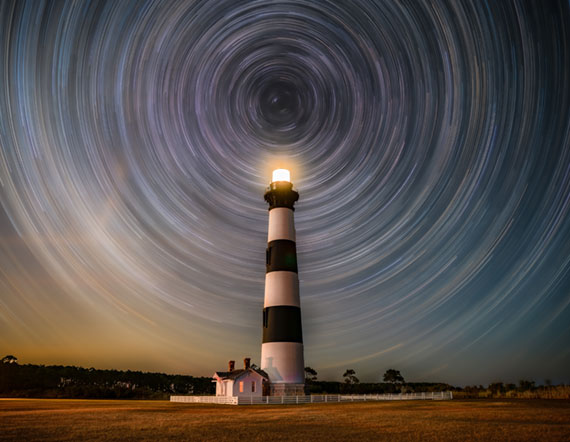
A lighthouse. A national park. A beach in winter. We hit the trifecta!
Three things we love, knit together into an opportunity at Bodie Island Light Station on Cape Hatteras National Seashore, the 70-mile string of barrier islands just off North Carolina. The VIP (Volunteers in Parks) program from the National Park Service offered the winning ticket.
Spoiler alert: We didn’t climb the lighthouse’s 219 steps to turn on the beam that guides sailors along the Outer Banks. As it happens, the vintage lens has been automated since the 1930s.
But as full-time National Park Service volunteers, we did yeoman’s work running the visitor center, housed in the former keepers’ quarters directly in front of the black-and-white striped icon.
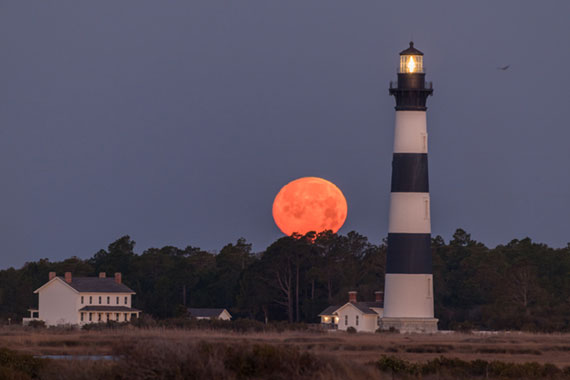
Graveyard of the Atlantic
Although beloved and romanticized, lighthouses are more than mere tchotchkes to collect via photo or magnet. These commanding beacons, which have protected mariners for centuries, often are still-flashing navigational aids, as at Bodie. Lighthouses have different designs - or “day marks” - as well as flash patterns so seafarers can gauge where they are. Marvels of conception and construction, they’re also depositories of American history.
In 1789, as just the ninth act of Congress, ownership of the existing 12 lighthouses in this country moved from the states to the federal government. Treasury Secretary Alexander Hamilton championed the establishment of a U.S. Lighthouse Service.
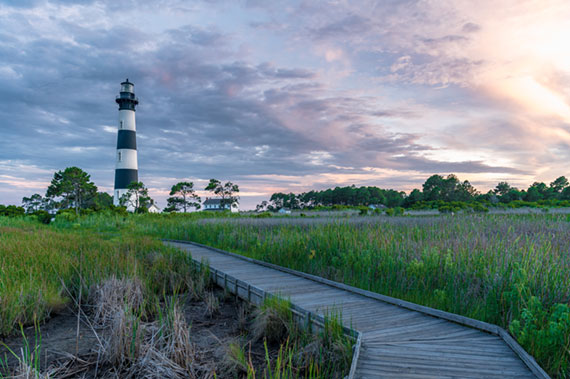
Some of the earliest lighthouses built by the federal government were on the North Carolina coastline, aka “Graveyard of the Atlantic.” The ghoulish nickname was due to treacherously hidden sandbars as well as its location at the confluence of the warm-water Gulf Stream and the cold-water Labrador Current.
Old sea captains called the intricate task of maneuvering through this chaos “threading the needle.” It’s estimated that more than 1,000 ships have met their fate trying to navigate the witches’ brew - one just three years ago.
First national seashore
With three light stations, Cape Hatteras was the first national seashore, designated in 1937. Its Bodie Island Light Station, sporting 22-inch-wide horizontal bands, was built in 1872 at a cost of $140,000. At the top, still, is an unrivaled Fresnel lens from that year, which was repaired in a total restoration of the lighthouse a decade ago.
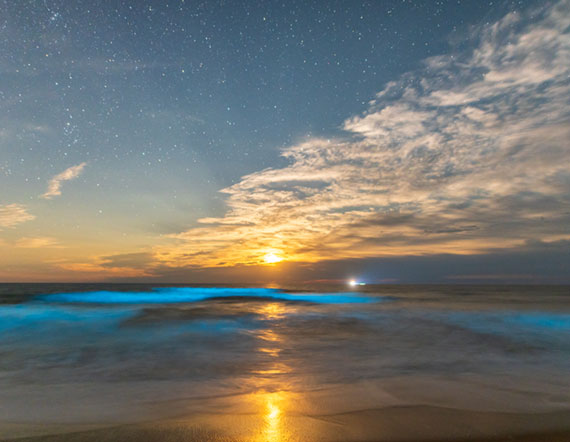

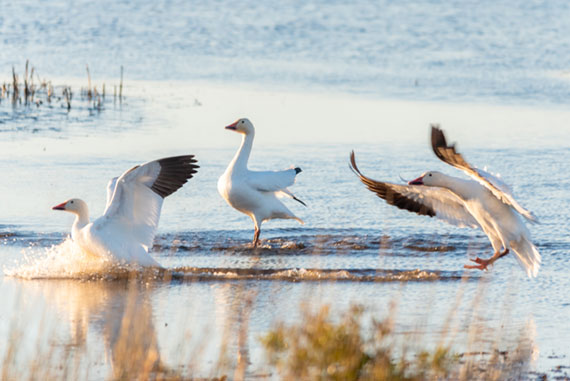
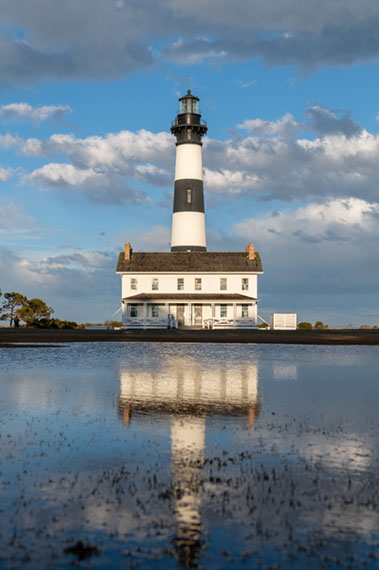
For the original construction, one million bricks were ordered along with granite, stone and iron. The walls are 6 feet thick at the bottom, tapering to 2-1/2 feet at the top. (In the 1950s, the lighthouse was designated a fallout shelter in case of nuclear attack.)
Preceding the current Bodie Island Light Station, two other lighthouses existed but were destroyed. The first because its base proved unworthy; the second by Confederates when they spied Union soldiers approaching during the Civil War.
Located at the northern end of the seashore, a half mile from the Atlantic Ocean, Bodie’s the closest lighthouse to the area’s main town, Nag’s Head.
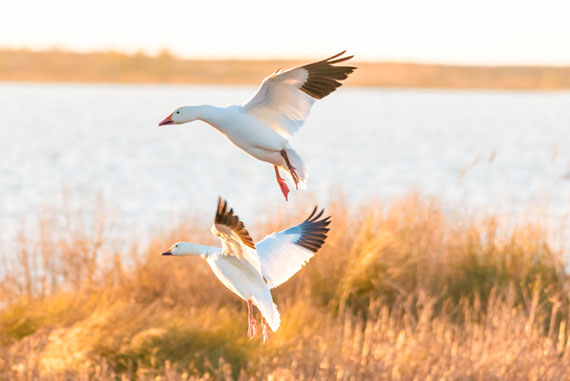
"Welcome to the lighthouse!"
In Bodie’s marshy, windswept landscape, we enthusiastically greeted anywhere from 14 guests on a cold January weekday to more than 300 on a spring break Saturday.
“Welcome to the lighthouse!” we boomed, adding with a smile, “Hit us with a question and we’ll make up an answer.” We gave out “awards” for the earliest visitor, the one from farthest away, and those who had braved torrential rain or biting gales. Occasionally, we introduced a dad joke: “What did the ocean say to the lighthouse? Nothing - it just waved.”
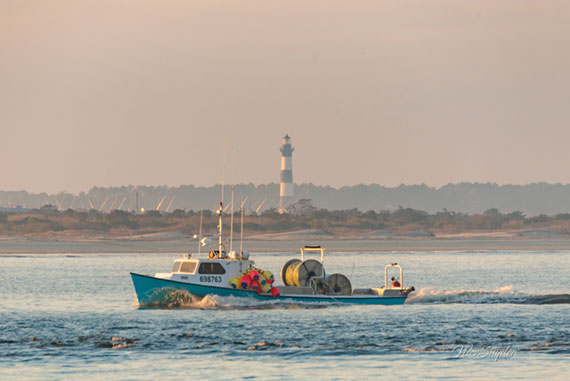
Animated by our understanding of the lighthouse and those who took care of it over the years, we shared our awe with travelers who listened intently and wanted to know more.
It was self-affirming - especially first thing in the morning. No wonder people volunteer: It makes you feel good about you.
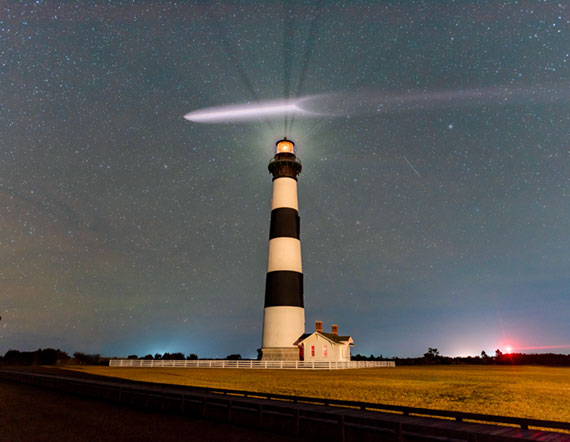
More than 700 lighthouses currently stand in the United States. Still interested? Coming next month in Part 2: A captain’s log of our days at one of the finest.